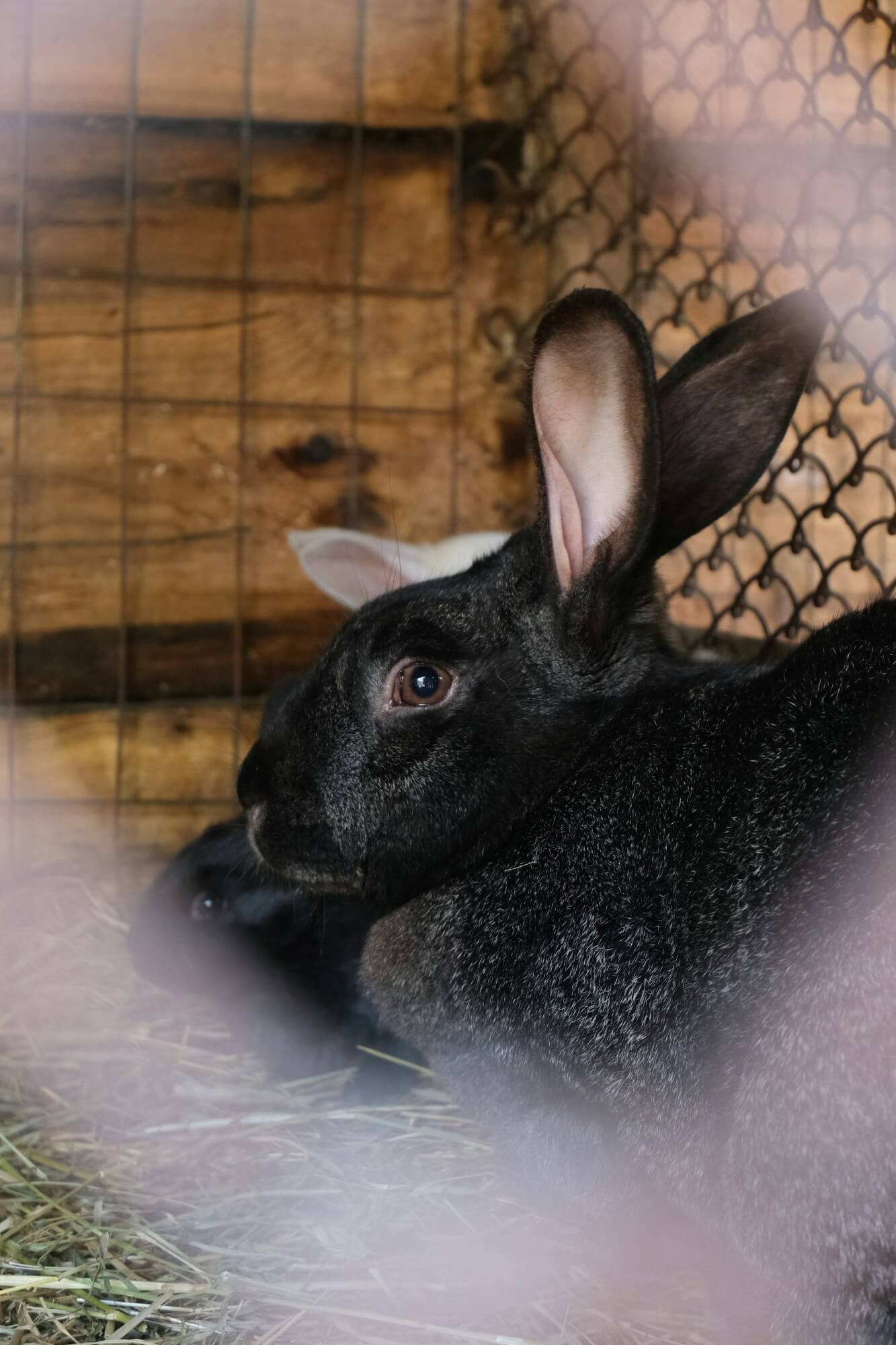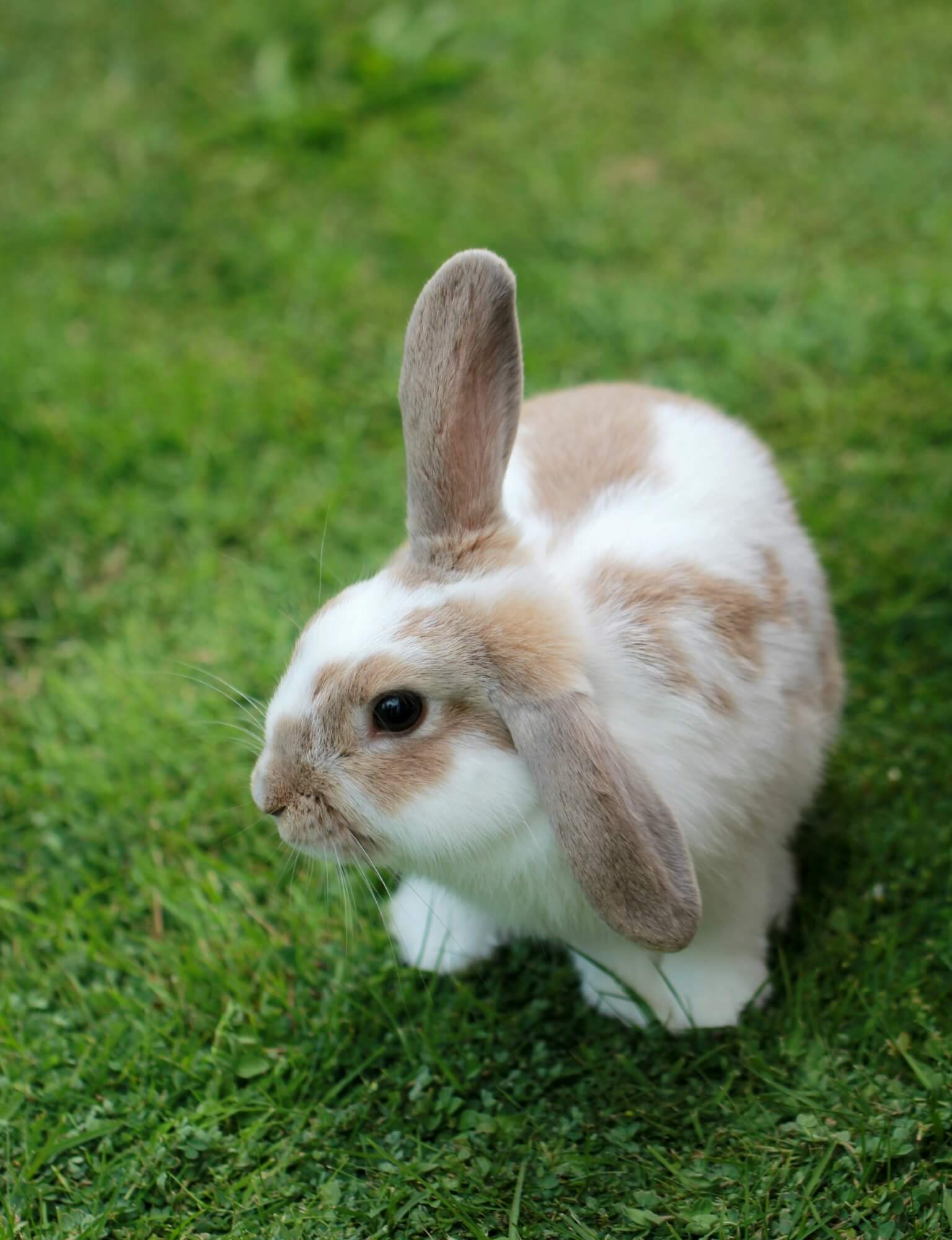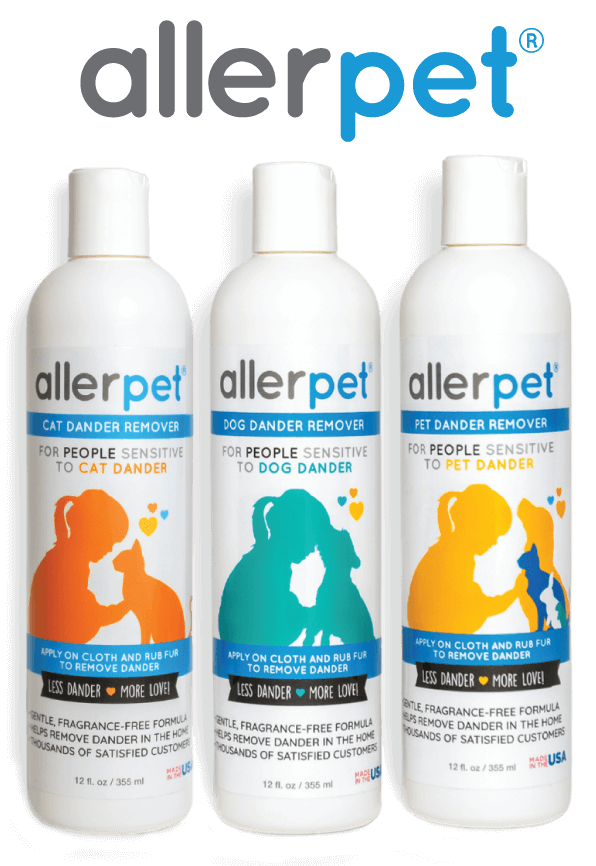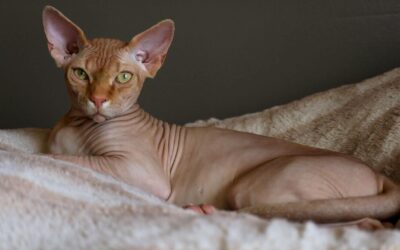Care & Habitat For Your Rabbit
Rabbit Allergens
All breeds of rabbits can cause allergic reactions. Their major allergens are derived from the dander or dead skin flakes rabbits shed, the saliva that coats their fur when they self-groom, and their urine. Proportionately, rabbits cause more allergy problems than cats.
Housing For Your Rabbit
You may want to keep your rabbit in a cage if it lives indoors or, if it is housebroken, let the rabbit run free in the house during the day and confine it at night. If the rabbit does run free, use an adjustable pet or baby gate to restrict territory to certain rooms to prevent allergens from spreading throughout the house. Never allow the rabbit access to your bedroom or to upholstered furniture.
You should choose an easy-to-clean, roomy wire or wood-framed cage with a wire floor that allows droppings to fall through to a pull-out tray that catches any debris, fur, hay, and bedding material. Make sure the cage floor is made of approximately half-inch or slightly larger welded wire to support your rabbit’s feet, but large enough to allow droppings to pass through to the tray underneath.
Such cages are available from pet stores, farm supply stores and rabbit supply companies. Cages that open from the side are preferable to those that open from the top. Line the pull-out tray bottom with papers. Add some aspen shavings, small animal cage litter or cat litter made from wheat or corn. All these are absorbent, keep cage odors down and have low dust levels. Don’t use straw; it can aggravate allergies.
To clean the cage: every day dampen a cloth or disposable cage wipe and wipe the cage bars to remove any dander, shed fur, urine or dried droppings.
Every week, wash the cage, floor tray, accessories and toys in warm, soapy water, rinse well and dry completely (mold can develop if left damp).
Remember to vacuum outside the cage to pick up debris that is scattered around the area.
Clean the cage and tray more thoroughly once a month: scrub everything in hot, soapy water, then disinfect in a solution made by mixing 3 ounces of household bleach (Clorox) per gallon of water.
Dry the cage completely before putting your rabbit back inside.

Rabbits Will Use Litter Boxes
Because rabbits prefer to urinate and defecate in one corner of their cage or hutch, they can learn to use litter boxes.
Basic small rectangular cat trays (without lids) are fine. Place it in the corner of the cage your rabbit chooses for a bathroom and scoop it every day. Rabbits sometimes chew their litter, so make sure the type you use is nontoxic. Ask your pet supplies dealer about the various types that are available. Do not use litters made from cedar shavings or other aromatic woods like pine, because they release hydrocarbons that can exacerbate asthma in rabbits. Remove and dispose of soiled litter regularly.
Care And Grooming
Each lick of a rabbit’s tongue deposits saliva on the fur, which when dry, flakes off and becomes airborne… which is a major reason why people experience allergic reactions.
Rabbits are very clean animals. Like cats, they groom themselves meticulously by licking their fur. Each lick of a rabbit’s tongue deposits saliva on the fur, which when dry, flakes off and becomes airborne to circulate throughout the house, which is a major reason why people experience allergic reactions. Although rabbits seem able to groom themselves successfully, they should be brushed with a soft bristle brush every other day, particularly during shedding season, to remove loose, dead hairs. Tangles on longhairs should be teased out gently with a metal comb before brushing.
During their normal self-grooming procedure, a rabbit will naturally ingest loose, dead hair. When rabbits are not brushed regularly and their dead hair is not removed, especially in the shedding season, they can swallow so much loose fur that a life-threatening hairball forms in the digestive tract. This condition, known as wool block, requires veterinary treatment, because, unlike cats that can cough up hairballs, rabbits are almost unable to regurgitate.
While brushing your rabbit, examine the hock joints, specifically the rear sides its back legs. Rabbits support most of their weight on their hind feet and the fur is not always thick enough to protect their bones from coming into contact with hard wood or metal surfaces. The fur wears away and the bare skin develops sores which often turn into open wounds. Sitting in urine also aggravates the problem.
Large breeds, sparsely furred breeds, and rabbits that stomp their feet a great deal seem to be more susceptible to sore hocks. If your rabbit’s hocks are sore, wash and dry the area, then apply a medicated cream. You should also place a small washable towel or mat in the cage so your rabbit doesn’t sit on wire or metal.

Check the insides of your rabbit’s ears regularly; when dirty, gently wipe them out with a cotton ball moistened with baby oil. Look inside your rabbit’s mouth, too, and examine its teeth. A rabbit’s teeth are very distinctive. They continue to grow throughout the animal’s life and require sufficient wear to keep them at a proper length. In a normal rabbit the two top front teeth slightly overlap the bottom ones. The action of the upper and lower incisors rubbing together during normal chewing or gnawing activities keeps the teeth at an ideal length.
A rabbit should only be bathed if it is soiled from having diarrhea, or if its anal area is caked with fecal matter. To control dander, saliva and urine allergens, moisten a sponge or washcloth with Allerpet Pet Dander Remover once a week and rub over the fur. Blot the fur dry with a towel, and keep your rabbit in a warm, draft-free area until completely dry. Some rabbits enjoy being dried by a hair dryer, but many are frightened by the noise. Wash your hands immediately after handling your rabbit.





